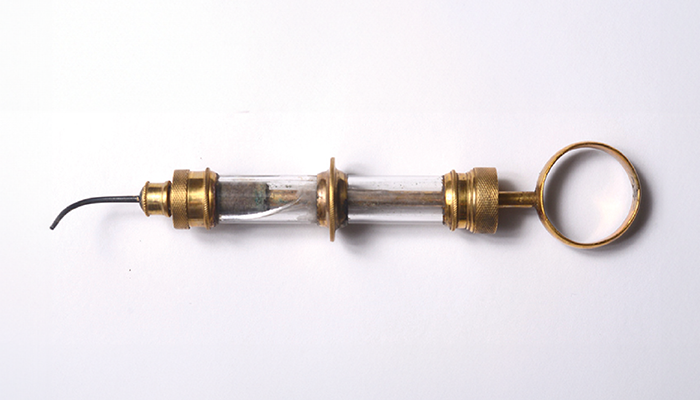
Figure 1. Letter of surgeon Samuel White, dated June 8, 1815, describing cataract extraction by suction. (Credit: Christopher T. Leffler)
Cataract aspiration by suction was occasionally performed during the medieval Arabic period, and might even have occurred during antiquity. The actual practice of cataract aspiration is typically stated to have been reintroduced into the west in 1847 in France (1,2). However, our group discovered a letter at Yale that documents an earlier, 19th-century practitioner of cataract aspiration in Philadelphia (1).
In 1815, 39-year-old attorney Francis B. Shaw (ca. 1776–1832) reported that he had been “deprived of sight by Cataract” for over two years and was forced to abandon his law practice. Surgeon John Syng Dorsey operated on Shaw three times by using a needle to divide the cataract. This method involved breaking the cataract so that the remnants could be absorbed by the natural inflammatory mechanism over a period of months. When this technique failed, the patient proposed “drawing away the cataract and completely emptying the capsule of the lens.” Despite his poor vision, Shaw claimed to have designed instruments, which he called “Tubes and Canular-points” and which were constructed by “an ingenious artist” under his direction (1).
Using this method, on March 26, 1815, Philadelphia surgeon Philip Syng Physick “completely removed every vestige of the Cataract, and the patient was once more restored to sight. . . .” Shaw was the first patient operated on with this method, and he was able to resume the practice of law within three months.
On June 8, 1815, surgeon Samuel White (1777–1845) of Hudson, New York, wrote in a letter that he had toured hospitals in New York and Philadelphia (see Figure 1):
“I have also procured from Doct Physick his new invented Tubular instrument for extracting by suction the diseased lens when fluid. Shaw, as was noticed in the papers, is not entitled to any credit for the construction. The operation is performed by Doct Physick by introducing a crow Lancet obliquely down thro’ the cornea to the pupil, dipping the point so as to break the capsule, a curved silver tube is then introduced through the opening with the mouth of the tube on the back point, so as to be in contact with the lens, the operator then draws in the lens by suction and withdraws the instrument from the eye. Doctor P. thinks this instrument may be improved to great advantage in cases of milky or fluid cataract—effecting in a few moments what otherwise might require months by absorption.”
That summer, Shaw obtained a federal patent for the system for “Cataract, removing, by tubes.” However, the state of Pennsylvania declined to purchase the patent rights in early 1816, because the method had only been used on two patients.
In 1816, Dorsey confirmed that “Dr. Physick has successfully performed the ancient operation of sucking out a cataract by a small tube introduced through a puncture in the cornea. The operation is, however, attended with difficulties which will necessarily prevent its general adoption…” A set of cataract instruments attributed to Physick contains just one instrument resembling a “tube”: a syringe that attaches to either a curved or straight cannula. This instrument would appear suitable for cataract aspiration (see Figure 2).
Fourteen years after surgery, Shaw’s vision was still sufficient for him to practice law.

Figure 2. Cannula attached to a syringe, from the cataract surgery instruments attributed to Philip Syng Physick, displayed at the Physick House in Philadelphia. Courtesy of the College of Physicians of Philadelphia. (Credit: Christopher T. Leffler)
References
- 1. CT Leffler et al., “Aspiration of cataract in 1815 in Philadelphia, Pennsylvania,” Digital Journal of Ophthalmology: 23, 4 (2017). PMID: 29403333.
- 2. RJ Pérez‐Cambrodí et al., “Hollow needle cataract aspiration in antiquity,” Acta Ophthalmol., 93, 782 (2915). PMID: 26385516.
